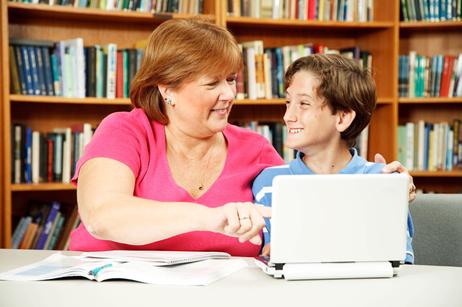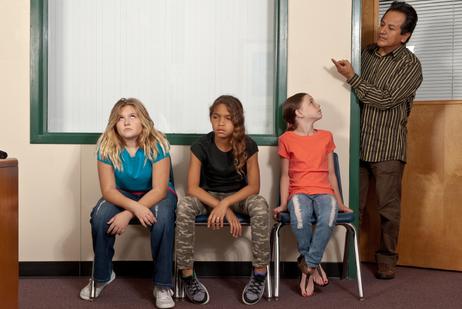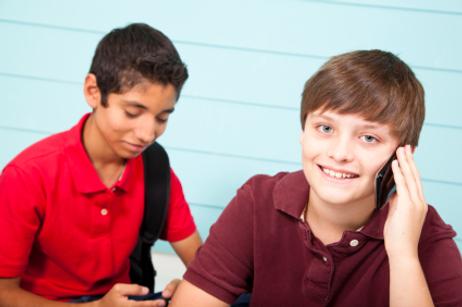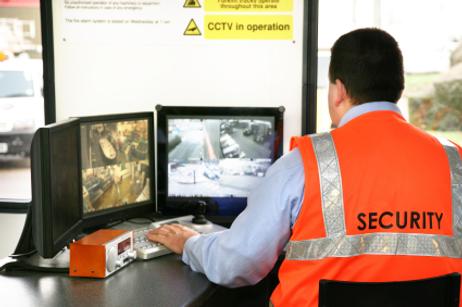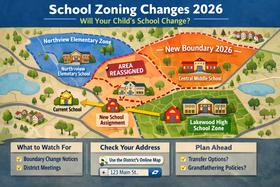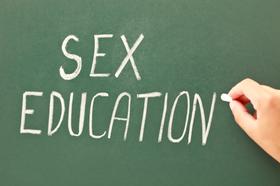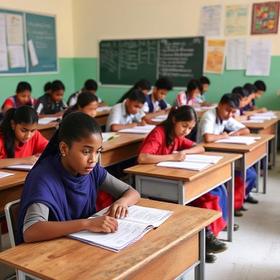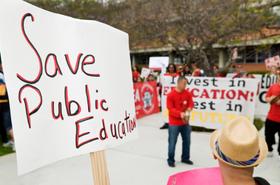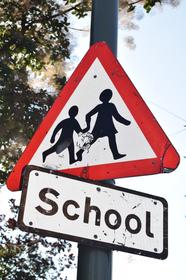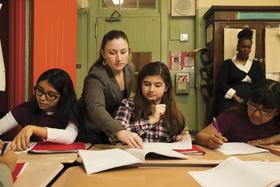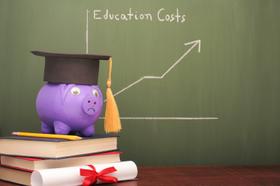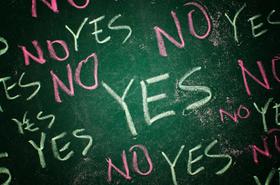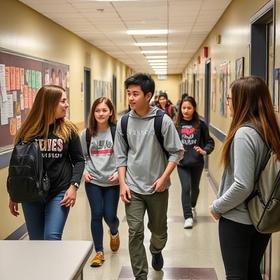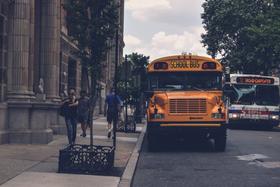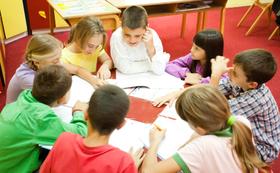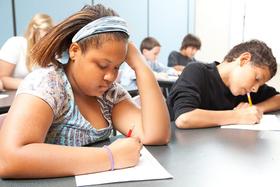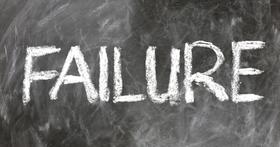The Common Core State Standards began, in part, as the , former governor of Arizona. As the chairperson of the National Governors Association in 2006-2007, Napolitano created a task force on education that released a report calling for standardized benchmarks in education. That report eventually formed the basis of the Common Core State Standards, which thus far have been adopted by 45 states, Washington, D.C., four U.S. territories and the edu8cational branch of the Department of Defense.
This video offers a guide to the Common Core State Standards.
Today, the is a set of high-quality, rigorous standards that outline what children should learn, know and be able to do at each grade level in the areas of math and language arts. The standards seek to address the variability between state-level educational standards that have for years produced high school graduates with widely ranging academic abilities.
Benefits of Common Core
The Common Core Standards are both relevant and rigorous. Students are engaged in activities that build higher-ordered analytical skills, critical thinking skills, and problem-solving skills that are necessary for success in today’s world. In that regard, the standards are not focused solely on the acquisition of knowledge, but the application of that knowledge as well. Additionally, in states where the standards have been adopted, students receive comparable instruction no matter who their teacher is or what school


